Search Results
Showing Results for Antipsychotics
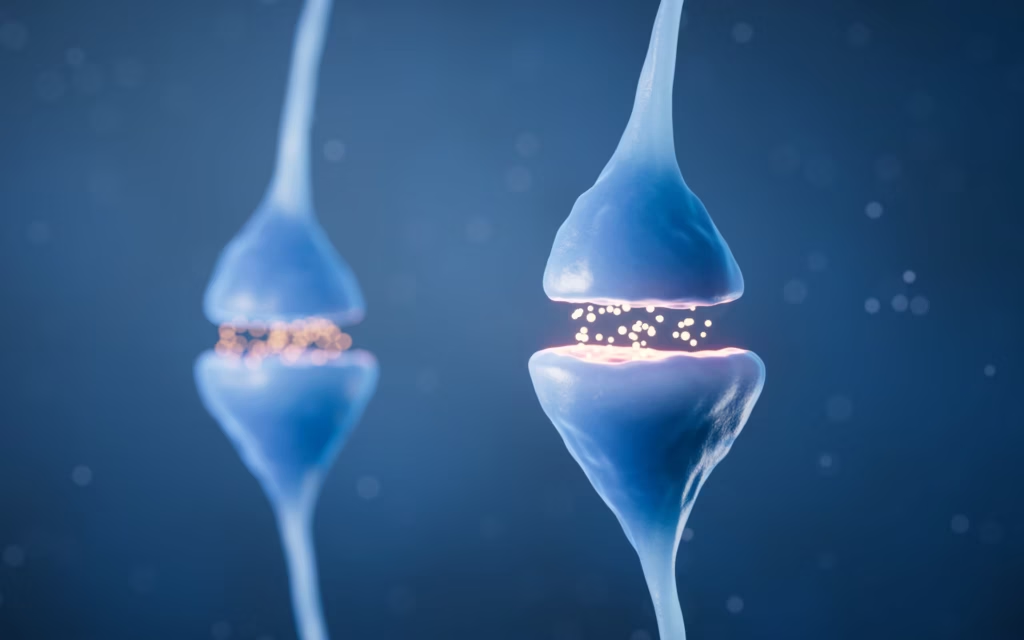
"Continued support for research, and for the patients themselves, is absolutely critical. I’m grateful for the opportunity to help bring some of this work to light." Dr Anissa Abi-Dargham is Chair of Psychiatry and Behavioral Health at the Renaissance ...

"it is great to find out that some reasoning and a prescription has helped someone turn their life around" Dr Alexander Lisinski, resident psychiatrist at Sahlgrenska University Hospital and researcher at the Department of Pharmacology, Sahlgrenska Academy, Gothenburg, Sweden, ...
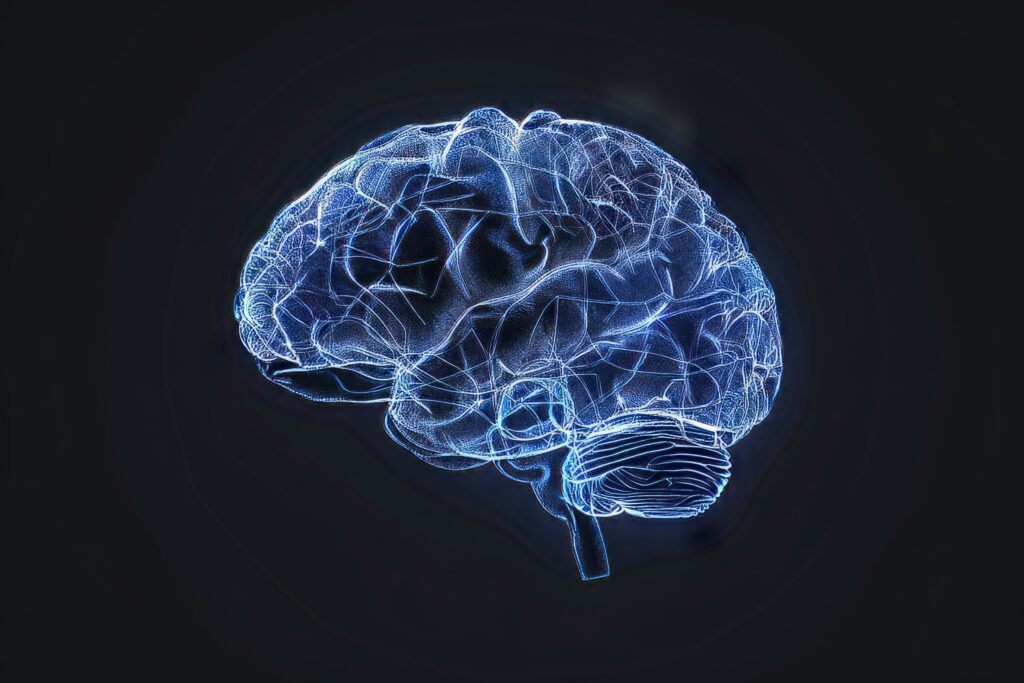
Huntington’s disease (HD) is a neurodegenerative disease inherited in an autosomal dominant manner. It is caused by an expansion of cytosine, adenine, guanine (CAG) repeats within the huntingtin (HTT) gene, which is located on chromosome 4. This pathological expansion of ...

Article highlights Multiple screening tests are available to screen patients for cognitive impairment, and the Confusion Assessment Method is a helpful test to screen for delirium in the immediate postoperative period. Medicine reconciliation and identification and removal of potentially inappropriate ...

Despite being one of the most common serious psychiatric disorders, major depression remains difficult to treat with only 30-50% of patients achieving remission from monotherapy or talk therapy, however many promising new antidepressants are currently under investigation. We were delighted ...

Dealing with behavioural and psychological symptoms (BPSD) in dementia care The Alzheimer Europe lunch debate of 21 March 2023, focusing on “Dealing with behavioural and psychological symptoms (BPSD) in dementia care”, was a hybrid event attended by MEPs and other representatives of ...
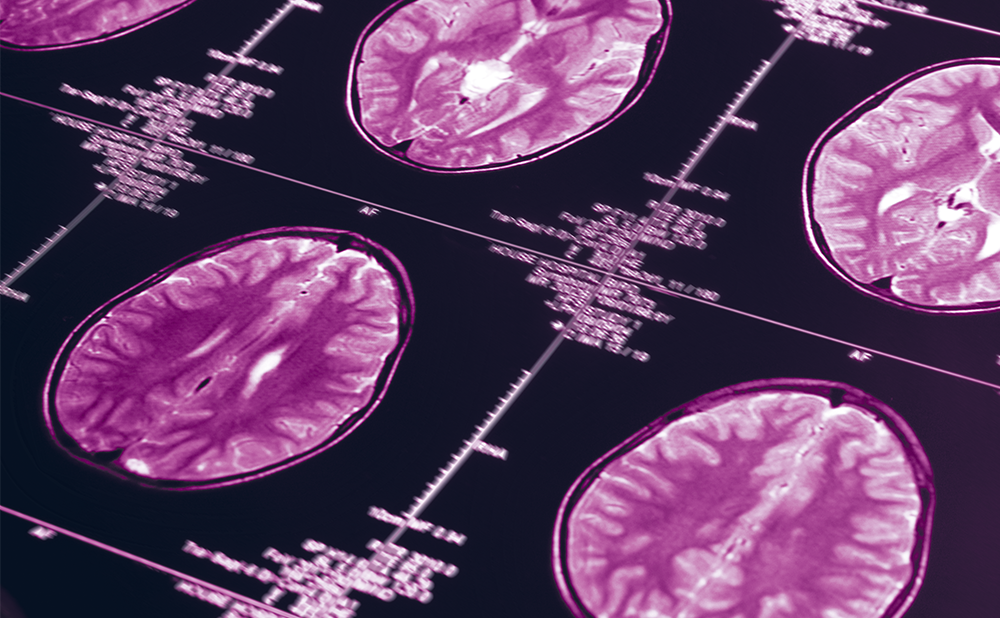
While Alzheimer’s disease (AD), the most common cause of dementia, is perhaps best characterized by cognitive decline, more than 90% of patients with dementia exhibit behavioural and psychological symptoms of dementia.1 The Cache County Study on Memory in Aging describes ...
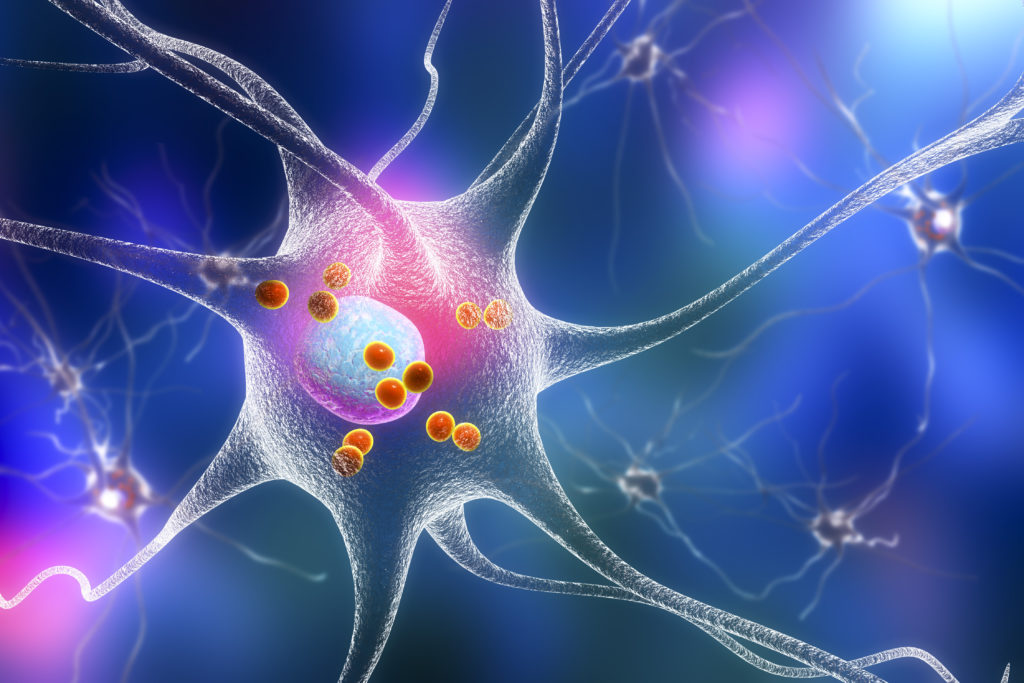
Parkinson’s disease (PD) is a progressive, neurodegenerative disorder that causes a range of motor and non-motor symptoms. The pathological hallmark of PD is the loss of dopaminergic neurons in the substantia nigra pars compacta of the midbrain and the ...
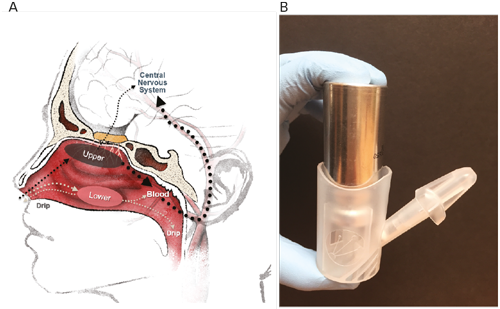
Treatment of acute central nervous system (CNS) conditions requires effective drugs that can provide rapid onset of effect, consistent blood levels, ease-of-use for patient or caregiver, and acceptable tolerability. Solid oral dosage forms account for up to 75% of prescriptions from ...

We had the great opportunity to chat with our valued European editorial board member Bengt Winblad (Karolinska University Hospital and Karolinska Institutet, Stockholm, Sweden) at EAN 2019. We covered aspects of ageing and dementia that were highlighted across various presentations he ...
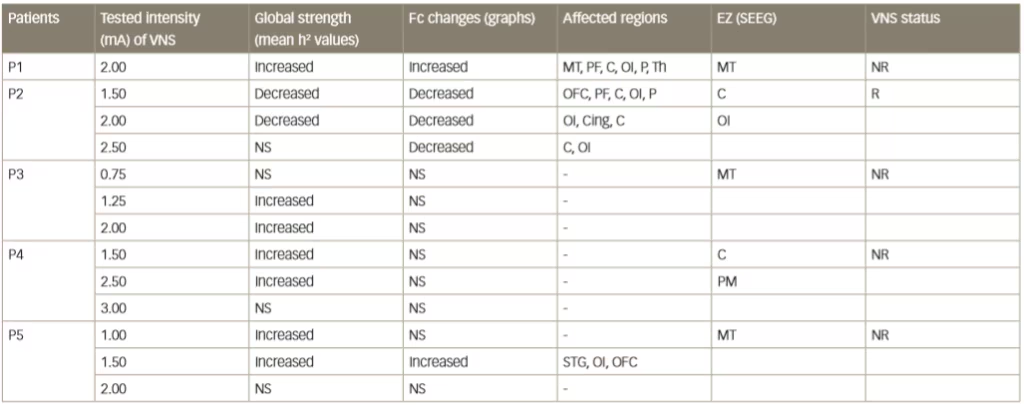
Introduction Of the estimated 10 million people worldwide who live with Parkinson’s disease (PD),1 over half will be expected to develop psychosis (hallucinations, illusions, delusions, or a false sense of presence).2,3 Pimavanserin (NUPLAZID®; ACADIA Pharmaceuticals Inc., San Diego, CA, USA) ...
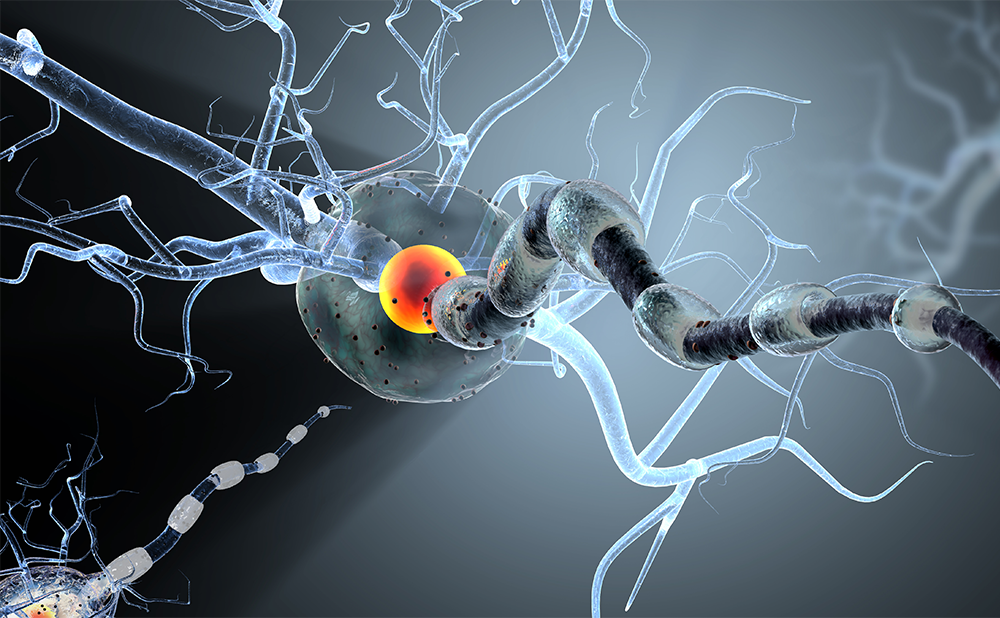
Charles Bonnet syndrome (CBS) is characterised by the presence of visual hallucinations (VH) and visual sensory deprivation in individuals with preserved cognitive status and without a history of psychiatric illness.1 CBS is a rare, underdiagnosed and under-recognised syndrome, which was ...
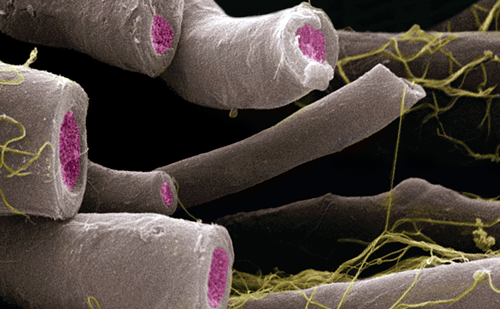
Dementia with Lewy bodies (DLB) is regarded as the second most common cause of neurodegenerative dementia in older people (after Alzheimer’s disease).1 Despite this, DLB remains a challenging condition to diagnose, largely due to a varied presentation of ...

Pathologically, Parkinson’s disease (PD) is characterized by the loss of dopaminergic neurons in the substantia nigra and the presence of Lewy bodies.1 In a staging model proposed by Braak in 2003,2 the presence of midbrain lesions are preceded by degeneration ...

Parkinson’s disease psychosis (PDP) is a common neuropsychiatric condition that manifests in patients following a primary diagnosis of Parkinson’s disease (PD). Over half of patients diagnosed with PD experience PDP during the course of their disease.1,2 Diagnostic criteria ...

I am delighted to introduce a new report from Alzheimer Europe highlighting the existing inequalities in access to dementia care and treatment across Europe. The report, ‘European Dementia Monitor 2017: comparing and benchmarking national dementia strategies and policies’, assesses which countries ...

Psychotic episodes, particularly delusions, hallucinations, agitation, apathy, depression and sleep disturbance are characteristic and harmful effects of Alzheimer’s disease (AD); they are often the first manifestion of the condition and frequently appear before dementia begins. Despite their importance, they ...
Latest articles videos and clinical updates - straight to your inbox
Log into your Touch Account
Earn and track your CME credits on the go, save articles for later, and follow the latest congress coverage.
Register now for FREE Access
Register for free to hear about the latest expert-led education, peer-reviewed articles, conference highlights, and innovative CME activities.
Sign up with an Email
Or use a Social Account.
This Functionality is for
Members Only
Explore the latest in medical education and stay current in your field. Create a free account to track your learning.


